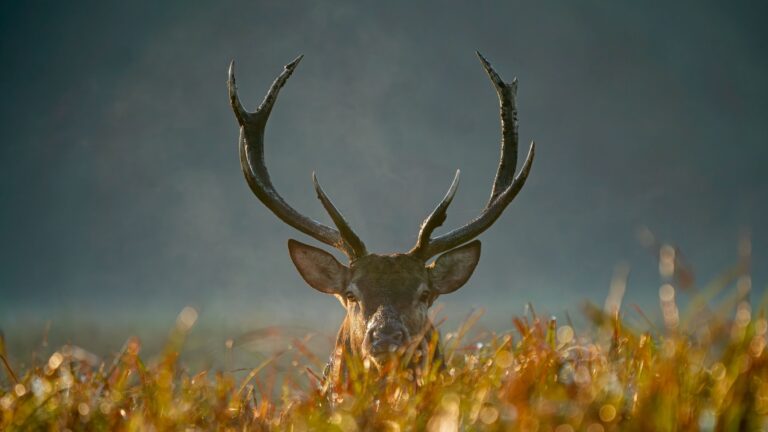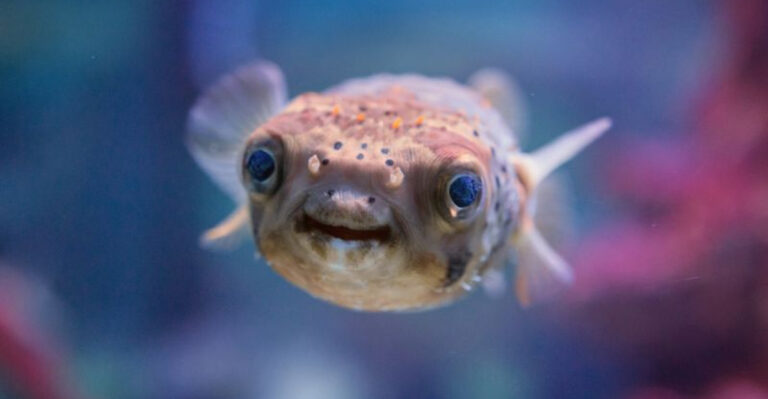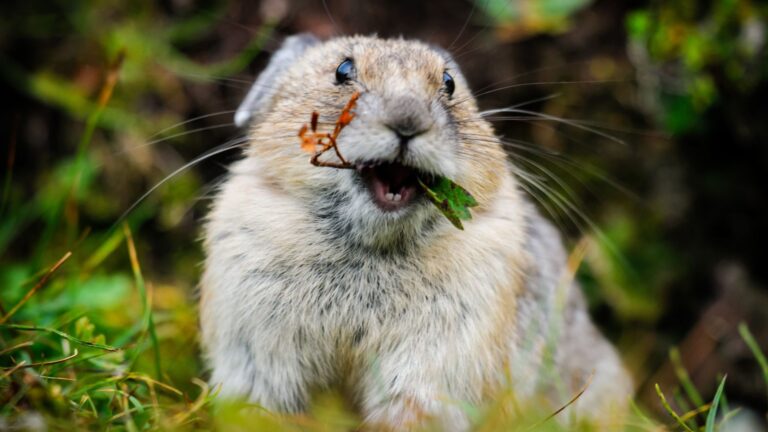The Fascinating Life Cycle Of Butterflies, From Egg To Adult
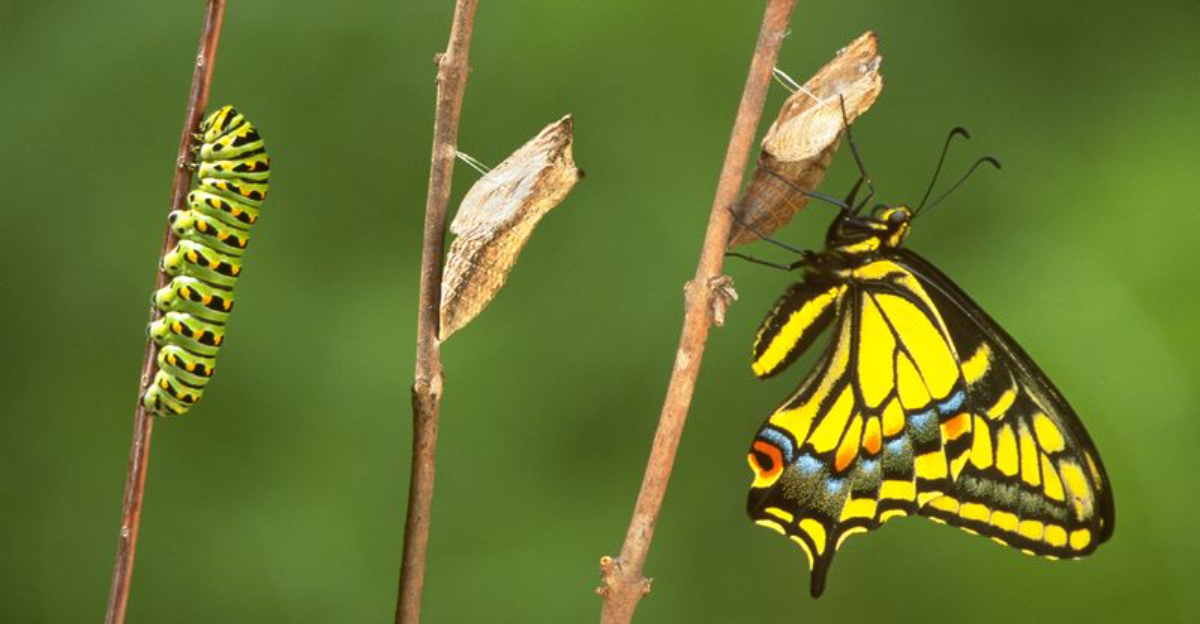
Butterflies undergo one of nature’s most magical transformations, completely changing their body structure as they grow.
This process, called metamorphosis, takes them from tiny eggs to crawling caterpillars, then hidden pupae, and finally to the colorful winged insects we love to watch.
Let’s explore the incredible journey these delicate creatures take from beginning to end!
1. Egg-laying: The Perfect Start
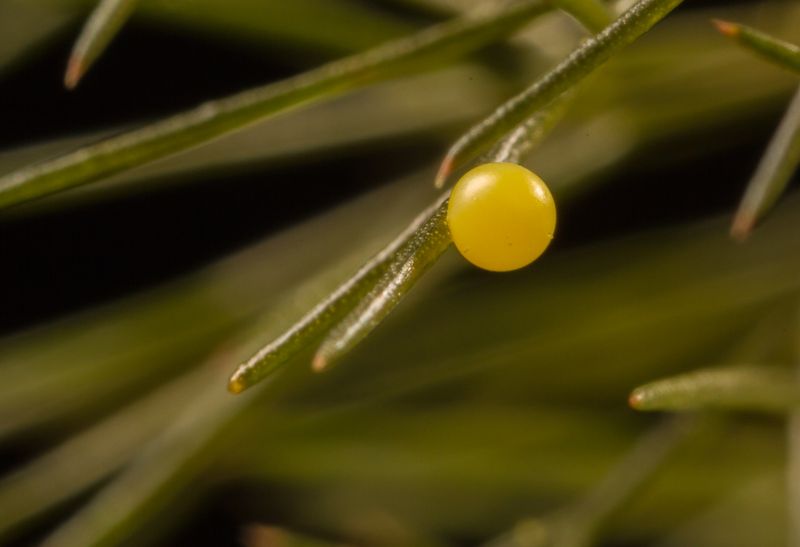
Female butterflies carefully select the right plant for their eggs – not just any leaf will do! They use special sensors on their feet to taste plants, making sure their babies will have the exact food they need when they hatch.
Most butterfly eggs are smaller than a pinhead but come in amazing shapes – some look like tiny ribbed barrels while others resemble miniature sea urchins. A single butterfly might lay hundreds of eggs in her lifetime, spreading them across many plants.
The egg’s shell provides protection while the baby butterfly develops inside, with some eggs hatching in just a few days while others take weeks.
2. Hatching: Breaking Free
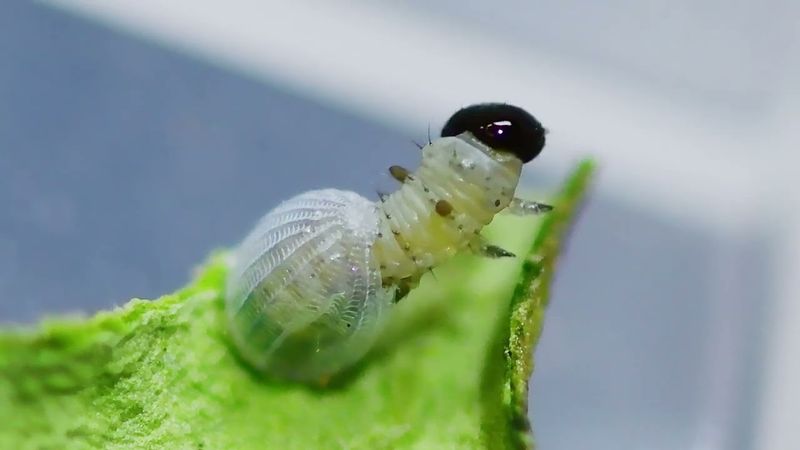
The tiny caterpillar inside the egg chews its way out, often eating its own eggshell as its first meal! This momentous occasion marks the beginning of the larval stage – the hungriest time in a butterfly’s life.
Fresh hatchlings are extremely vulnerable and barely visible to the human eye. Many species emerge with special adaptations already in place – some have spines for protection, others have bright warning colors.
Surprisingly, most newly hatched caterpillars start eating immediately. Their first day of life is critical, with predators like ants and spiders hunting these tender morsels. Only about 1% of butterfly eggs survive to become adult butterflies.
3. Baby Caterpillar: First Steps
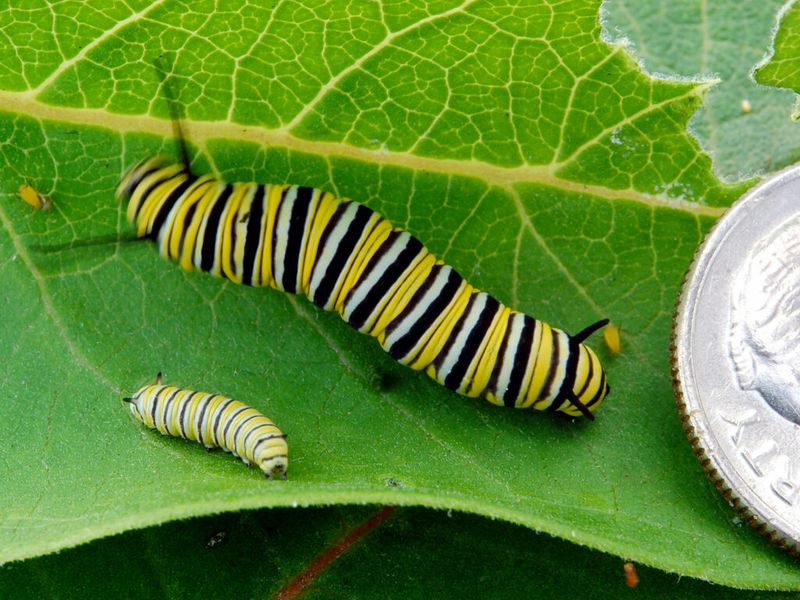
Fresh out of their eggs, baby caterpillars (called first instars) look nothing like their final form. These tiny creatures, often less than 1/8 inch long, focus entirely on eating and staying alive. Their bodies are soft and usually pale in color until their first molt.
A caterpillar’s first meal is crucial – without it, they quickly starve. Many species can only eat specific plants, which is why mother butterflies are so careful about egg placement. Some caterpillars even have silk-producing glands from birth, creating safety lines as they move.
Their heads look disproportionately large compared to their bodies, with powerful jaws designed for leaf-munching.
4. Growing Caterpillar: The Eating Machine
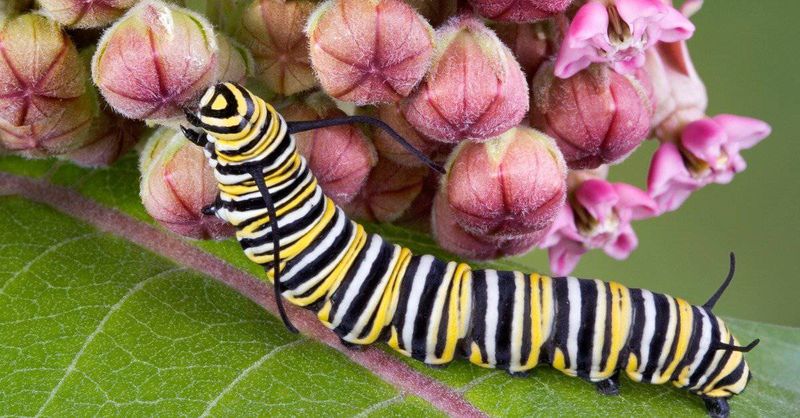
Caterpillars are nature’s eating champions! These hungry creatures increase their body weight by up to 3,000 times before pupating. To accommodate this explosive growth, caterpillars must shed their skin multiple times – usually 4-5 molts during their development.
Each shedding reveals a larger caterpillar underneath, often with more pronounced features or colors. A caterpillar’s life revolves around consumption – they spend almost every waking moment eating, with some species devouring an entire leaf in minutes.
Their digestive system is remarkably efficient, processing food quickly to fuel their rapid growth. Some caterpillars develop warning coloration or defensive features like irritating hairs or the ability to emit foul smells.
5. Final Caterpillar Stage: Preparing For Change
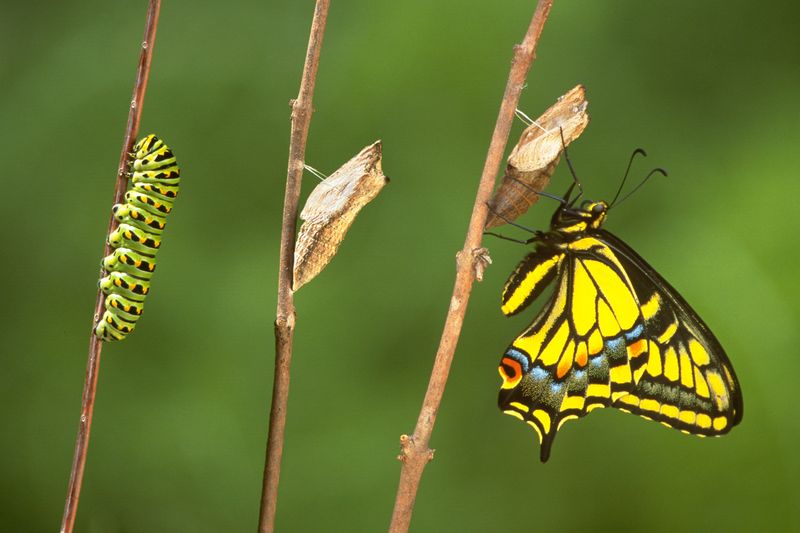
When a caterpillar reaches its final growth stage, subtle changes begin. The creature stops eating and starts searching for the perfect spot to transform. This wandering phase can last hours or even days as the caterpillar seeks safety from predators.
Inside its body, hormonal changes trigger cells called imaginal discs to activate – these have been dormant since birth and contain the blueprint for butterfly parts. The caterpillar often changes color or behavior during this time, sometimes becoming more sluggish or transparent.
Many species create a silk pad to anchor themselves before transformation. The digestive system begins to break down as the caterpillar prepares for the most dramatic change in the animal kingdom.
6. Pre-pupation: The Last Movements
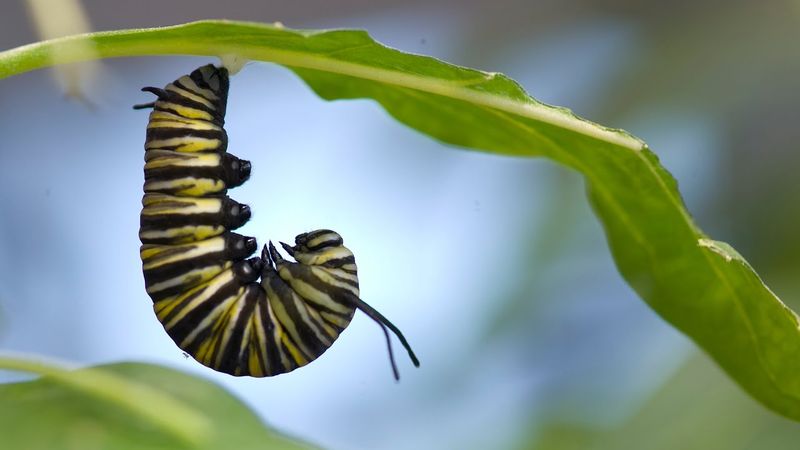
The final hours of caterpillar life feature a fascinating behavior called ‘J-hanging.’ Many species attach themselves to a branch or leaf with silk, then hang upside down in a J-shape. This position isn’t random – it’s crucial for proper chrysalis formation!
The caterpillar’s body contracts repeatedly as it prepares for its final molt. Internal organs begin dissolving into a soup-like substance while the outer skin loosens. Some species spin silk cocoons around themselves for extra protection, though true butterflies (unlike moths) typically form exposed chrysalides.
This vulnerable transition period is when many caterpillars fall victim to parasitic wasps or other predators, making the selection of a hidden pupation site critical.
7. Chrysalis Formation: The Magic Shell
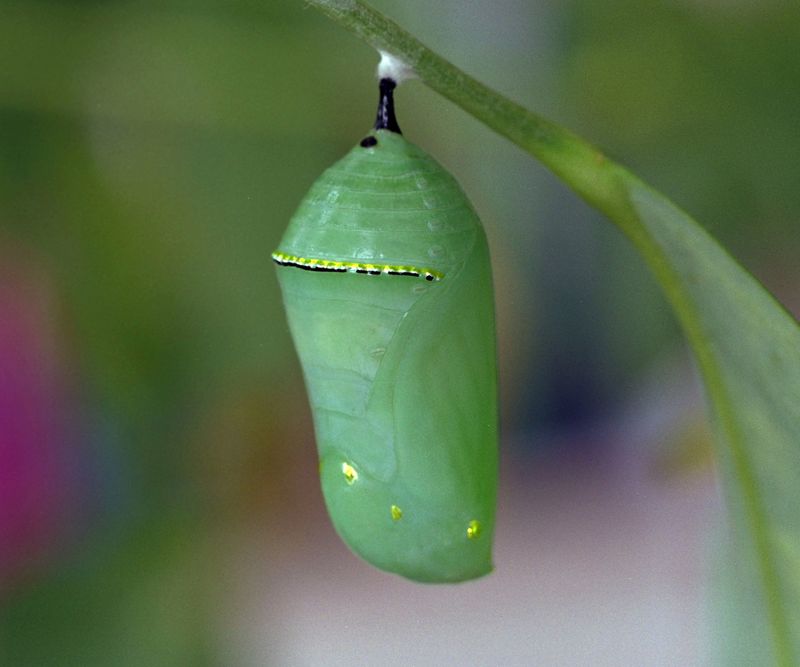
In one of nature’s most spectacular moments, the caterpillar sheds its final skin to reveal a chrysalis underneath. This isn’t just another molt – it’s a complete transformation of the outer body. The chrysalis hardens quickly, forming a protective shell around the developing butterfly.
Contrary to popular belief, a chrysalis isn’t a ‘sleeping bag’ the caterpillar crawls into – it’s actually the caterpillar’s own transformed skin! Each butterfly species creates a uniquely shaped and colored chrysalis, some resembling leaves, twigs, or even jewels.
The timing is precise – if the skin doesn’t split correctly or the chrysalis fails to harden properly, the butterfly cannot develop. Some chrysalides have built-in camouflage or reflective patches to confuse predators.
8. Inside the Chrysalis: Mysterious Transformation
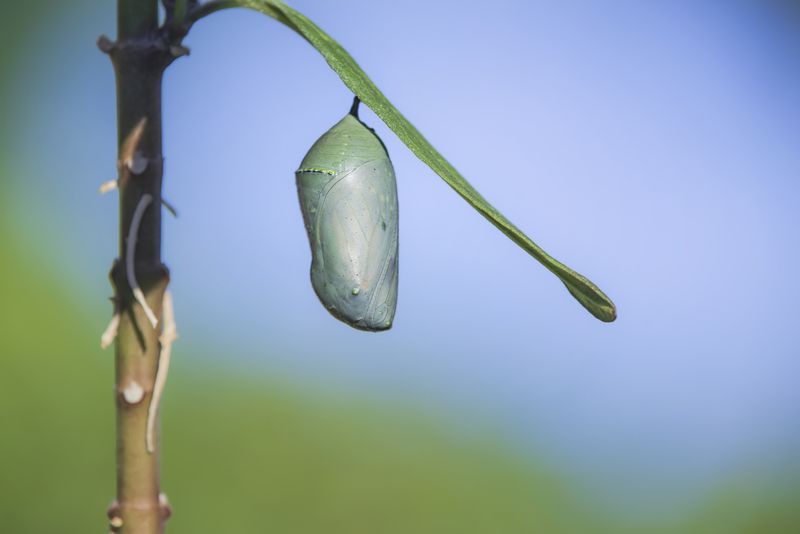
Hidden within the chrysalis shell, something extraordinary happens – the caterpillar essentially dissolves! Special enzymes break down most of the creature’s body into a soup of cells, while certain structures called imaginal discs survive intact.
These discs contain the genetic instructions for butterfly parts and begin growing rapidly, using the dissolved tissue as building material. Wings, long legs, compound eyes, and proboscis (tongue) all form from this cellular soup. The transformation isn’t instantaneous – it requires precise timing controlled by hormones.
If you could see through a chrysalis, you’d witness organs rearranging, wings developing, and an entirely new digestive system forming. This remarkable process, called histolysis followed by histogenesis, represents one of nature’s most complete transformations.
9. Mature Chrysalis: Signs Of Completion
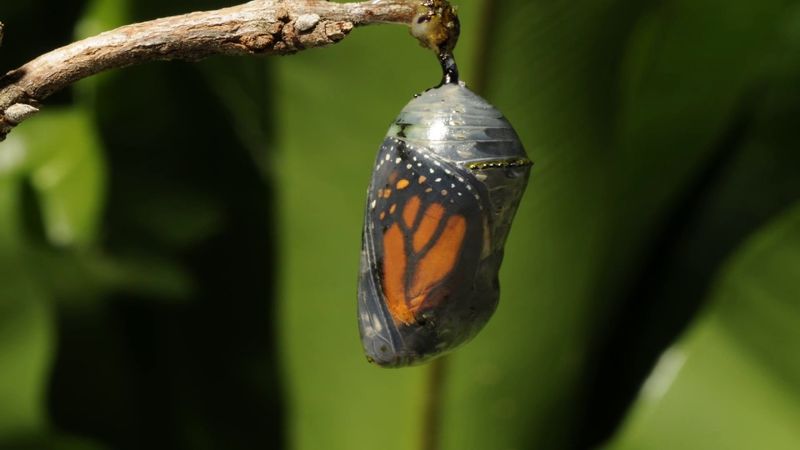
As metamorphosis nears completion, the chrysalis undergoes visible changes. Many species’ chrysalides become transparent, revealing the folded wings with their distinctive patterns. This ‘clear window’ phase happens just 24-48 hours before emergence.
The chrysalis may change color, often darkening or developing a metallic sheen. Some species’ chrysalides twitch or move when disturbed – a defensive mechanism to startle potential predators. Inside, the butterfly’s body is now fully formed but compressed, with wings folded like origami.
Weather plays a crucial role in this final stage – temperature affects development speed, with cold weather potentially delaying emergence by weeks. The butterfly waits for the perfect moment, using environmental cues to time its grand entrance into the world.
10. Eclosion: The Grand Emergence
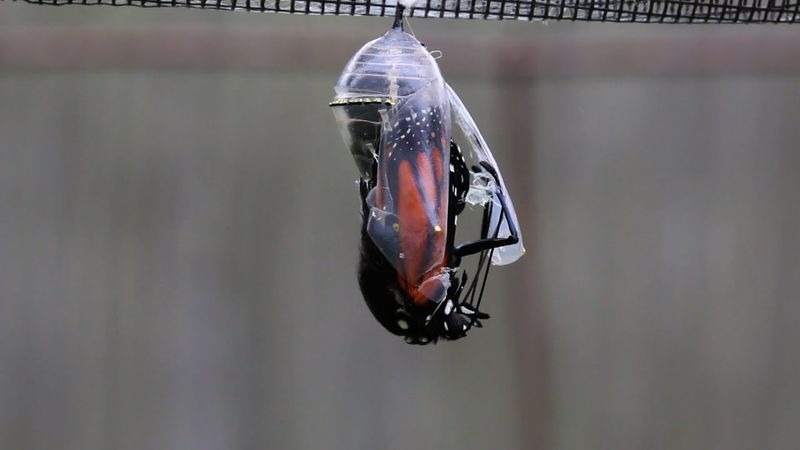
The moment of emergence – called eclosion – begins when the butterfly splits its chrysalis case using a special fluid that softens the shell. The creature pushes forward, squeezing through a tiny opening in a process that can take several minutes of determined effort.
Fresh out of the chrysalis, the butterfly looks nothing like its final form. Its body is swollen with stored fluid, and its wings are small, crumpled sacs. The newly emerged insect immediately searches for a safe perch where it can complete the final stage of development.
This vulnerable period is dangerous – the butterfly cannot fly and must hang undisturbed. Predators or bad weather during these critical minutes can mean the difference between life and death for the new butterfly.
11. Wing Inflation: Pumping Up For Flight
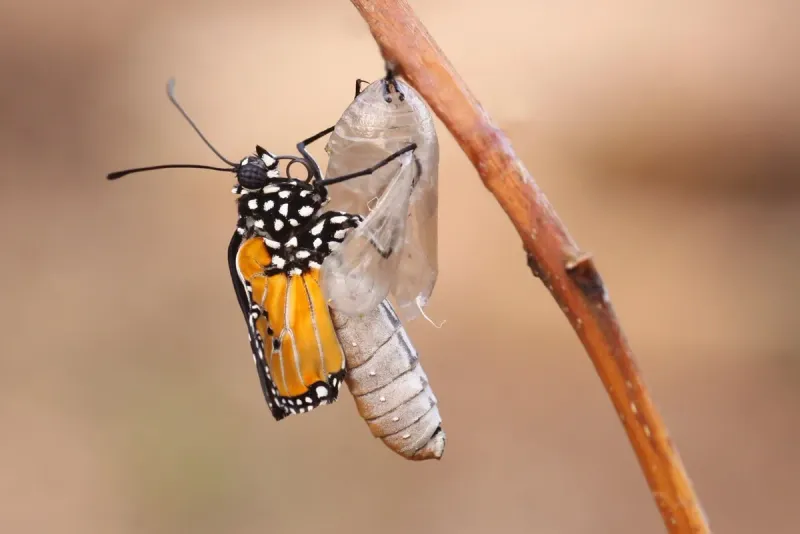
The newly emerged butterfly performs a critical task – pumping fluid from its swollen abdomen into its wing veins. This hydraulic system expands the crumpled wings like inflating a balloon, stretching them to their full size and shape.
During this process, the butterfly hangs upside down, using gravity to help the fluid flow. You can actually see the wings expanding gradually over 15-30 minutes! The timing is precise – if interrupted, the wings may harden incorrectly, leaving the butterfly permanently deformed and unable to fly.
As the wings expand, their distinctive patterns become visible. The butterfly will occasionally shiver or vibrate – this isn’t from cold but helps distribute the fluid evenly throughout the wing structure.
12. First Flight: Testing New Wings
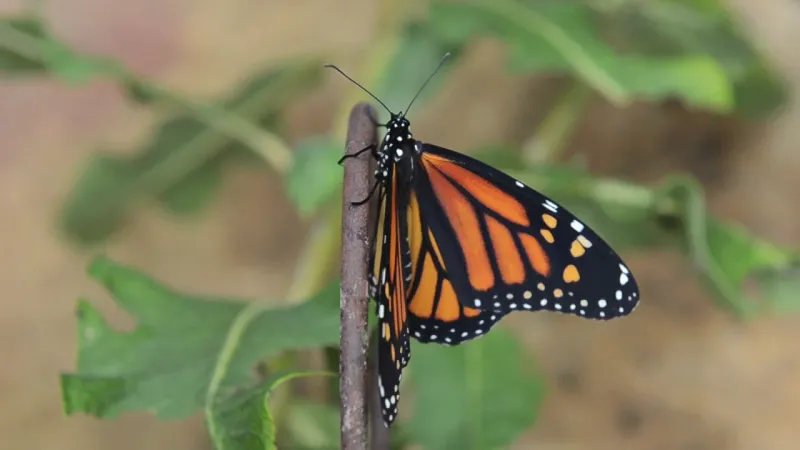
After its wings fully expand and harden, the butterfly faces its next challenge – first flight! Most butterflies spend 1-2 hours exercising their wings before attempting takeoff, gently opening and closing them to test their strength.
The maiden voyage is often wobbly and brief – just a short distance to a nearby flower or leaf. Flying requires learning to coordinate wing muscles that have never been used before. Some butterflies master flight quickly, while others need several attempts before becoming airborne.
This first day of flight is dangerous, with predators like birds and dragonflies targeting the inexperienced flyer. The butterfly must also learn to navigate, find food, and recognize potential mates – all skills critical to survival in its new aerial life.
13. Adult Butterfly: Living To Reproduce
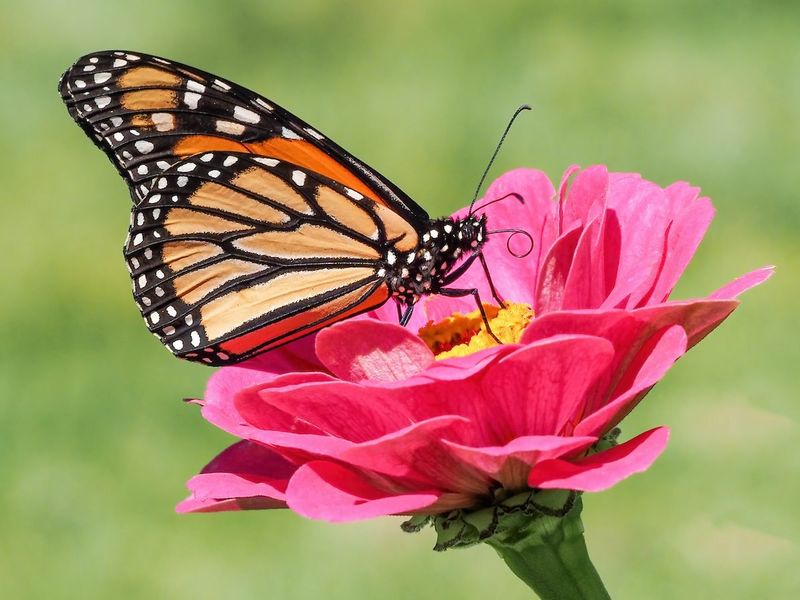
The adult butterfly has just one mission – reproduction. Unlike the growing caterpillar, adult butterflies don’t grow larger; their body size is fixed at emergence. Many species live just 2-4 weeks as adults, though some migrate and live for months.
Adult butterflies feed primarily on nectar, using their coiled proboscis like a straw. This liquid diet fuels their flight and reproductive activities. Males often patrol territories looking for females, sometimes engaging in aerial battles with rival males.
Female butterflies use their remarkable senses to find the exact plant species their caterpillars will need, completing the life cycle by laying eggs. Some species can taste with their feet, detecting suitable host plants by standing on leaves!


